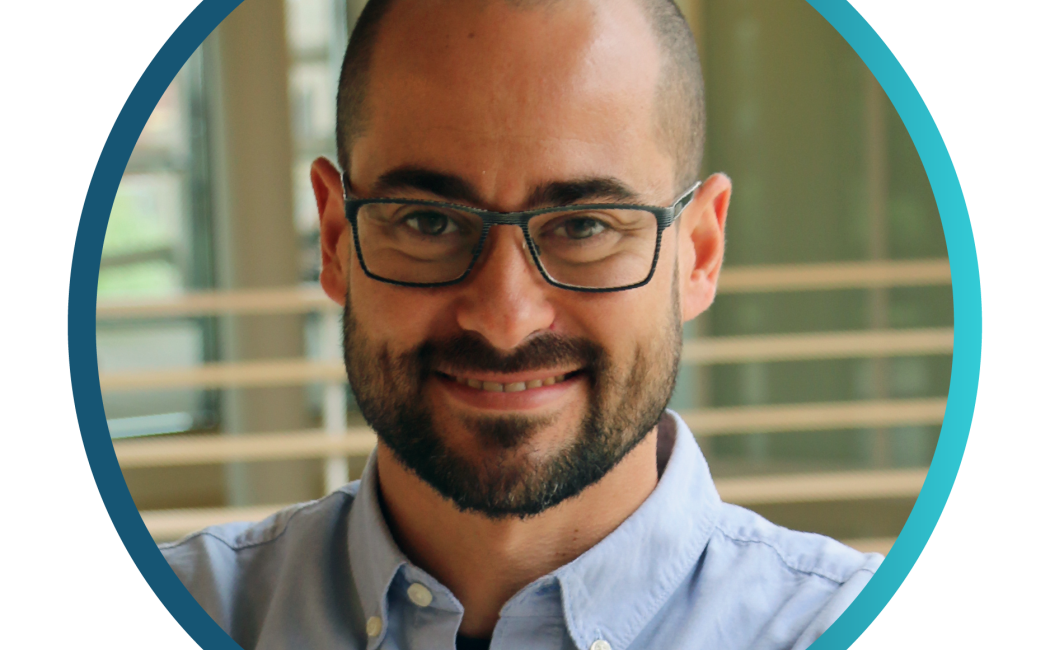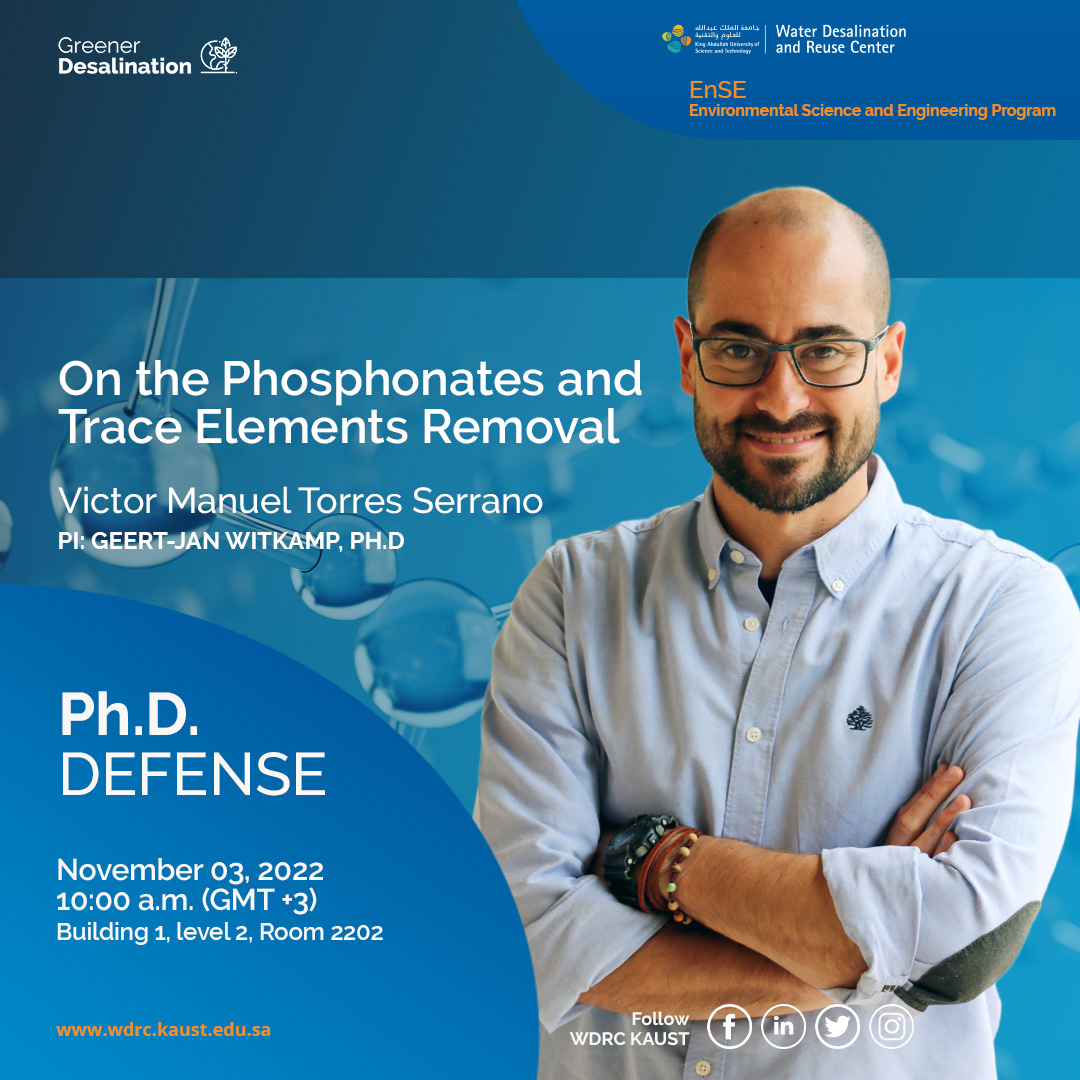



Abstract:
Resource recovery has become essential to compensate for costly and complex technical requirements to implement zero-liquid discharge (ZLD) policies. Antiscalant removal, especially phosphonate-based antiscalants, is a clear example of resource and potential subsequent valorization. The global market for phosphonate-based antiscalants is expected to grow in the coming years along with increasing membrane desalination projects. It implies the disposal in surface waters of tons of phosphonates and trace elements, present in wastewater and concentrates, every day. Removing the phosphonates and trace elements allows their subsequent recovery and valorization, minimizing squeezing production/extraction procedures and saving the environment from suffering any impact because of them.
The first part of this thesis focuses on phosphonate removal with iron and aluminum-based adsorbents. Porous iron and aluminum (oxi)hydroxides can remove phosphonates from concentrates completely. The main limitation of this process is the diffusion of the phosphonates through adsorbent particles. As proved in this thesis, temperature significantly improves the adsorption kinetics of the phosphonates on both adsorbents as a result of the variation of the diffusion coefficient. The presence of calcium also plays an important role, since accelerates the adsorption at the first stages of the process, but limits and saturates the capacity of the adsorbent surface for further adsorption. More research on the role of calcium is needed in this regard to better understand how the adsorption/diffusion of the phosphonates is affected by this common element present in concentrates.
Electrocoagulation was studied in the second part of this thesis as a potential approach for phosphonate removal. Using pure iron electrodes, the applied current density can be easily optimized. As a result, dissolved phosphonates are quickly removed from a large concentrate volume at a relatively low cost and minimal sludge production. The benefits of this technique lie in the possibility of producing the substrate (adsorbent) in situ for the phosphonate to be adsorbed. Furthermore, the time required to completely remove the phosphonates is remarkably shorter compared to adsorption, which, as pointed out above, is limited by diffusion phenomena. Alkaline washing was relatively successful at recovering the phosphorus from the sludge, depending on the dissolved phosphonate in the concentrate. Although experimental results may look promising, further research on finding the optimum working conditions has to be addressed. The process is open to improvement in terms of new electrode materials, reactor design, phosphorus recovery, or optimal working temperature.
In the third part of the thesis, the adsorption potential of previously tested adsorbents for the removal of elements at trace levels. The iron-based adsorbent, commercialized for phosphate and arsenic removal, turned out to be excellent at removing transition metals (TM) and rare earth elements (REE). The study was carried out in parallel with the exploration of the capabilities of a high-resolution inductively coupled plasma mass spectrometry (HR ICP-MS) instrument. The potential of this analytical procedure allows the detection and quantification of all the isotopes at the ultra-trace level (in the range of a few ng·L-1) and in only one measurement round. Furthermore, interferences from polyatomic species, formed during the ionization in the plasma, are easily resolved due to the high-resolution mode. As a result, the detection of the targeted element is easily discriminated from the potential interferences. This feature makes a remarkable difference regarding ordinary ICP-MS, which requires different analytical procedures to properly resolve overlapping signals. This analytical procedure opens new possibilities to test the adsorbents in new conditions and develop analytical methods for water speciation.
Victor Manuel Torres Serrano joined the WDRC as a Ph.D. student with Prof. Geert-Jan Witkamp. His research focuses on recovering and reusing phosphorus from concentrates, e.g., antiscalants in Reverse Osmosis brine. He looks into the thermodynamic, kinetic, and transport aspects of the adsorption of organic phosphorus molecules on porous metal oxy-hydroxides. He also works on electrocoagulation, using sacrificial electrodes to produce metal hydroxide flocs which can efficiently remove the phosphorus in solution.
After completing a 5-yr program in Chemical Engineering at the University of Alicante in Spain, Victor moved to The Netherlands to pursue his Ph.D. with Prof. Witkamp at Wetsus, European Center of Excellence for Water Technology. While doing his Ph.D., his increasing research interest led him to simultaneously work at the Center of Expertise Water Technology (CEW), where projects from companies are combined with student educational programs.
Victor joined KAUST to complete his Ph.D. with Prof. Witkamp, an experience he considers a great personal and professional opportunity.